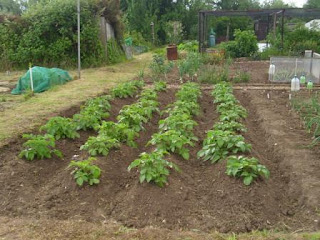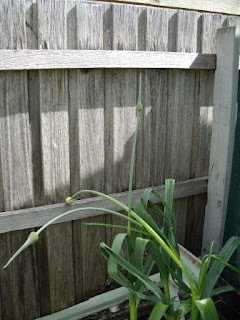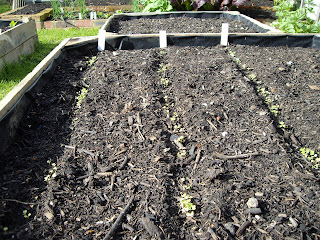



Whilst visiting the UK I thought I would pay a visit to some local allotments, to tie in with my general obsession with all things edible. In the UK, allotments are small parcels of land rented to individuals usually for the purpose of growing food crops. There is no set standard size but the most common plot is 10 rods, an ancient measurement equivalent to 302 square yards or 253 square metres.

Allotments and Cottage Gardens Compensation for Crops Act 1887 obliged local authorities to provide allotments if there was a demand for them. The local authorities resisted complying with the act and revision was required to strengthen the act. Having spoken to a few people on my trip about their allotments it appears that most of them were aware of this act. Only two people have to apply to the council, if there are no allotments, the council has to purchase land for the purpose.
The Victorians set them up as
‘a productive use of time keeping the poor away from the evils of drink and providing wholesome food for a workforce housed in tenements and high density terraced housing without gardens to speak of.’
http://www.allotment.org.uk/articles/Allotment-History.php
During the First and Second World War Germanys blockade of the UK caused food shortages and allotments were vital in growing food for the population
I arrange for someone to show me around, a member of the association called Patrick and his Jack Russell. My memories of allotments are of them always being behind locked gates, to prevent people from stealing the precious harvest.
Coles Park Allotments are on a piece of land that was donated to the people of Isleworth by the Duke of Northumberland. Part of the Duke’s estate consists of a fantastic house and garden nearby, Syon House. The gardens were laid out by the famous Capability Brown. The house also has a fantastic garden centre within the grounds.
The land was originally an orchard, as was most of Isleworth. This means the soil is extremely fertile.
Walking around the allotment, it was fascinating to see all the different varieties of vegetables being grown and how moist and green it was compared to the gardens back in Geelong.
Also the size of the plots, however I must admit that my garden at home is probably the size of three allotments, the amount of space we have is a luxury.
For many people in London the allotment is their garden, some of the members grow ornamentals mixed in with the vegetables.
Others just dispensed with the vegetables altogether.


















































